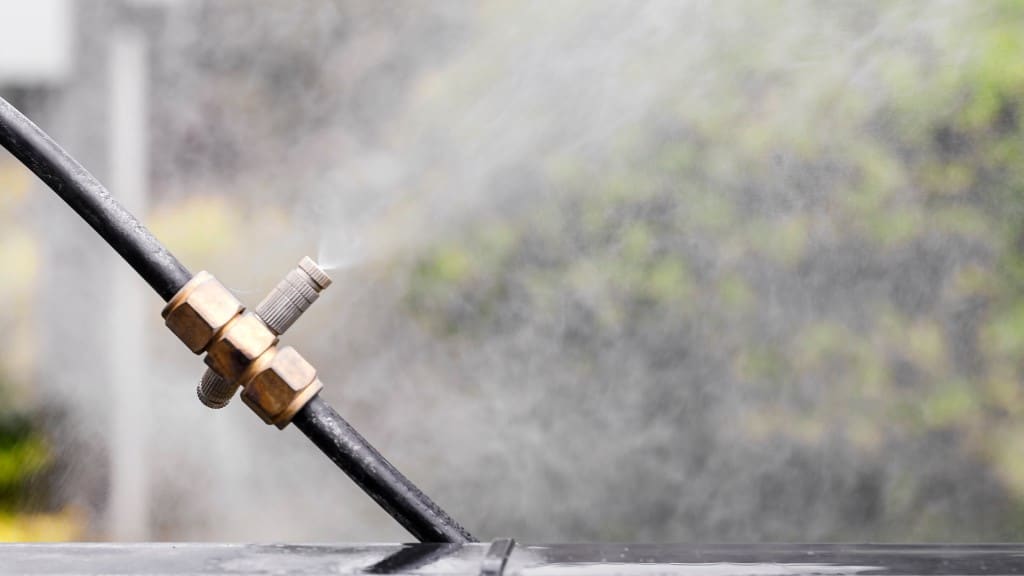Innovative study reveals water mist’s potential in preventing LiFePO4 battery thermal runaway
- February 22, 2024
- 2:11 pm


Iain Hoey
Share this content
Researchers investigate water mist as a cooling strategy for LiFePO4 batteries
A recent study has delved into the effectiveness of water mist in suppressing thermal runaway events in LiFePO4 batteries, a critical concern for the safety of lithium-ion batteries widely used in electric vehicles and energy storage systems.
The research, conducted by a team from the State GRID Tianjin Electric Power Company and the School of Safety Engineering at China University of Mining and Technology, has been published in the “Crystals” journal, presenting a groundbreaking analysis of water mist as a cooling and suppressive agent against the dangers of thermal runaway in batteries.
Exploring water mist’s impact on battery safety
The study meticulously examined how water mist could inhibit the onset of thermal runaway before it begins, showing a significant improvement in cooling effects once the battery’s safety valve opens.
The research indicated that water mist could dramatically enhance the cooling rate, making it over ten times more effective in certain conditions compared to scenarios where the safety valve remains closed.
However, once thermal runaway initiates, water mist alone cannot prevent its progression but can substantially reduce the overall duration of the thermal runaway and the subsequent cooling time required.
Further analysis in the study observed a confrontational phenomenon between water mist and thermal runaway flames, highlighting two main impacts: cooling the flame’s heat at the top and compressing part of the heat in the confrontation region.
This interaction notably affects the flame’s morphology, particularly 50 cm above the safety valve, where the flame forms a “cone” shape.
Despite the challenges in applying water mist directly onto the battery surface due to this confrontation, the study found that it could still achieve a commendable cooling rate of 0.57 kW.
IFSJ Comment
The study’s insights into the use of water mist in preventing and managing thermal runaway in LiFePO4 batteries mark a significant step forward in battery safety technology.
By demonstrating the conditions under which water mist can effectively cool and suppress thermal runaway, the research offers valuable guidance for enhancing safety measures in lithium-ion battery applications.
The findings underscore the importance of continued innovation and experimentation in safety strategies to mitigate risks associated with battery technologies, particularly as the demand for electric vehicles and energy storage solutions grows.



